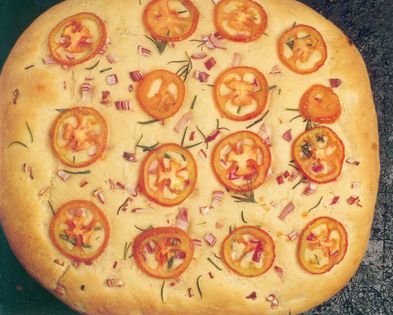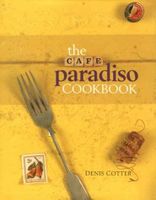Advertisement

Preparation info
- Difficulty
Easy
Appears in
By Denis Cotter
Published 1999
Bread is the basis of it all, the staple food of most of Europe and beyond. Bread wakes up our kitchen early in the morning, and comes to life as the kitchen does, finally emerging from the oven when the place has become a flurry of activity, smells, noise and a slight nervousness about the impending lunch. I can’t imagine working in a restaurant kitchen that didn’t make its own bread.
At Paradiso we make five different breads every day, if you don’t count the bagels which I’m proud


